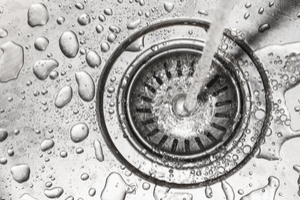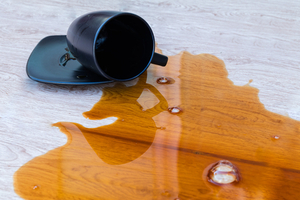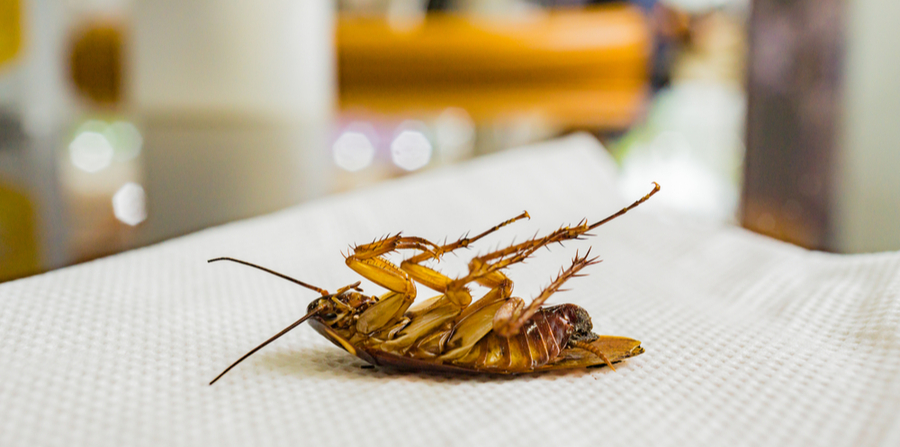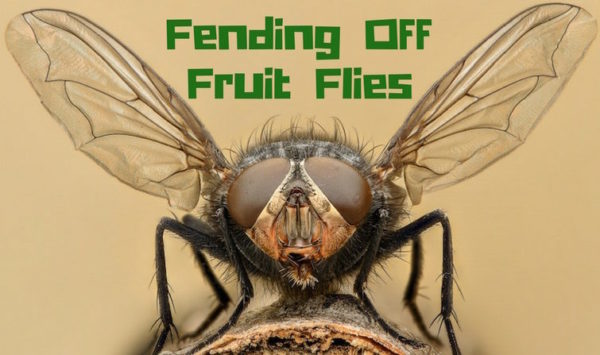A pest infestation is pretty much every restaurant owner’s worst nightmare, and it’s not hard to understand why. Running a restaurant is an unbelievable amount of work. It combines all the trials and tribulations of running a business, and adds food preparation and customer service besides. Imagine losing all that blood, sweat, and tears because of a bug!
Unfortunately, pest infestations are one nightmare that’s all-too-real. All kinds of pests are especially attracted to restaurants. They’ll do whatever it takes to get at the food and shelter waiting for them inside. Keeping them out is just one more important job a restaurant has to do. Luckily, it’s not as hard as you’d think–and certainly not as hard as many other aspects of restaurant management. By keeping these four tips in mind, you’ll go a long way toward keeping your restaurant pest-free:
Watch the Garbage
 Garbage management is probably the single most important way restaurants can prevent pest infestations. Restaurants have more garbage to worry about than just about anywhere else. Not only do you have your kitchen’s garbage, but you have to manage your customer’s, as well. When food spoils, the smell and liquids it produces attract pests like nothing else. Flies, moths, roaches, and even rodents all flock to the smells of rotting food.
Garbage management is probably the single most important way restaurants can prevent pest infestations. Restaurants have more garbage to worry about than just about anywhere else. Not only do you have your kitchen’s garbage, but you have to manage your customer’s, as well. When food spoils, the smell and liquids it produces attract pests like nothing else. Flies, moths, roaches, and even rodents all flock to the smells of rotting food.
Making sure pests can’t smell rotting or spoiled food is your top priority. Pay careful attention to where all your garbage ends up. All solid garbage (food, containers, etc.) should go into sealable, airtight plastic bags. Throw these bags out at least once a day, and ideally twice. Be especially careful with liquid waste, such as grease. Never pour grease into drains or let it collect in the garbage. Rinse out all garbage bins and dumpsters at least once a month.
Clean the Drains
 It’s all-too-easy to depend on your drains, especially in the hectic restaurant world. You just pour the whatever-it-is down the drain and move on to your next task. The whatever-it-is is gone, and you can keep working! It’s perfect, right? Unfortunately, that’s not really how it works. The stuff you pour down the drain often stays in the drain, where it can rot, congeal, or build up. Before long, you could have a nasty clog–or worse.
It’s all-too-easy to depend on your drains, especially in the hectic restaurant world. You just pour the whatever-it-is down the drain and move on to your next task. The whatever-it-is is gone, and you can keep working! It’s perfect, right? Unfortunately, that’s not really how it works. The stuff you pour down the drain often stays in the drain, where it can rot, congeal, or build up. Before long, you could have a nasty clog–or worse.
All the gunk that builds up in your drain does just cause clogs, either. It can also provide a suitable and consistent source of food for pests. Drain flies and all kinds of other frustrating pests are attracted to drain gunk of all kinds. Some types of drain fly even lay eggs inside or near drains, which makes them a long-term problem. You should have your drains professionally cleaned once a season, or whenever you notice a problem.
Mind the Gaps
 Unfortunately, this is another situation where restaurants are at a disadvantage. Think about how many doors and windows your restaurant has. There’s the front entrance for sure, a back entrance, probably a supply entrance, any emergency exits, and more. Pests can use these entrances, too. Then there are the restaurant-specific access points to worry about. Pests can come down ventilation just as easily as smoke and food smells can escape.
Unfortunately, this is another situation where restaurants are at a disadvantage. Think about how many doors and windows your restaurant has. There’s the front entrance for sure, a back entrance, probably a supply entrance, any emergency exits, and more. Pests can use these entrances, too. Then there are the restaurant-specific access points to worry about. Pests can come down ventilation just as easily as smoke and food smells can escape.
Try to figure out where pests could get in. Start by examining thresholds. Make sure all your doors seal properly and snugly. Replace any damaged sealant or weatherstripping immediately. Look for cracks and gaps near window and door frames, and feel for drafts. Remember: some bugs only need the tiniest gap to get in, so you have to be thorough. Check the perimeter from the outside and the inside. Use caulk to fill in gaps. Make sure all your vent systems have appropriate grating and screens.
Clean Spills
 This probably seems obvious to you, but spills can be tricky. We’re not just talking about the ones out on the dining floor. We’re talking about the spills that can go overlooked. The tiny leaks in the employee bathroom. The condensation pooling in the corner of the freezer or outside by the HVAC. The grease ring around the floor drain in the kitchen. Pests don’t need much moisture to survive, and they’ll use whatever you give them.
This probably seems obvious to you, but spills can be tricky. We’re not just talking about the ones out on the dining floor. We’re talking about the spills that can go overlooked. The tiny leaks in the employee bathroom. The condensation pooling in the corner of the freezer or outside by the HVAC. The grease ring around the floor drain in the kitchen. Pests don’t need much moisture to survive, and they’ll use whatever you give them.
Liquid spills are a particularly big deal for pests, because many bugs lay eggs in liquid. If you think a fly infestation is tough to deal with now, try a multi-generation infestation. To prevent a nightmare like that, you have to become a spill-eliminating machine. Figure out where moisture tends to build up and dry it out as frequently and completely as possible. Keep an especially close eye on customer’s sugary drinks.
Running any business is tough work, but running a restaurant is a whole new level. If you’ve made it this far, there’s no way a few pests are going to be your downfall. As long as you and your team follow these tips and work together, you’ll keep the pests at bay.
If ever things are getting out of hand and you need a little help, you can always call Griffin. We’re always ready to help you reclaim your business as effectively and discretely as possible. Keep fighting the good fight!


